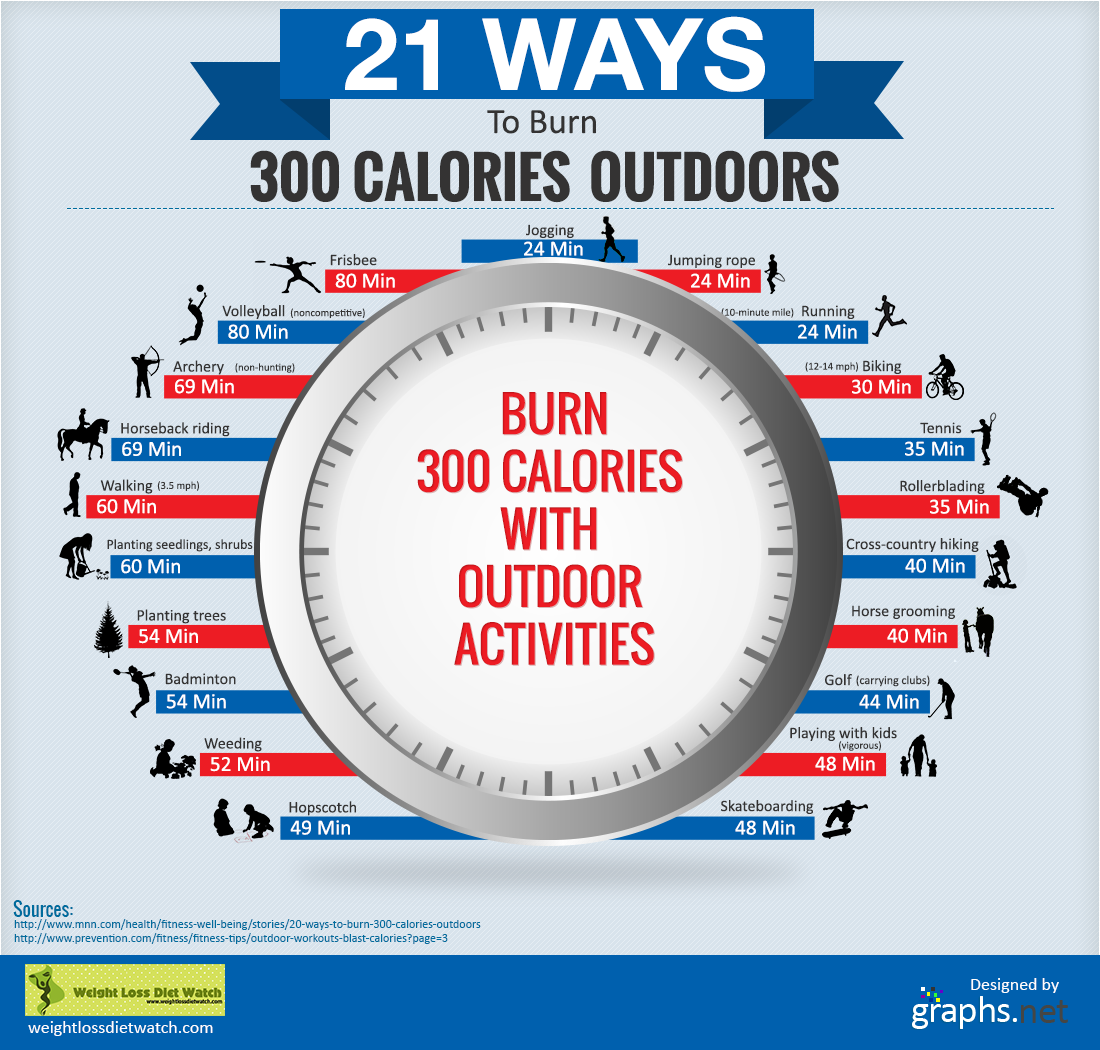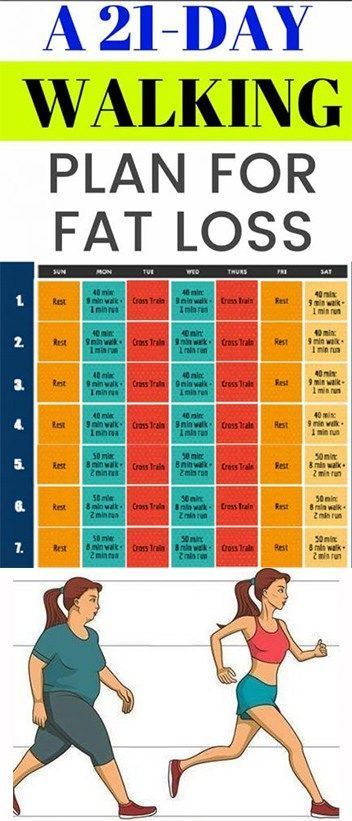
It is possible to wonder how many calories planking burns. You may not know what you are doing, but just holding a plank for 1 minute will burn calories. Even though it is only a minute, five minutes can feel like forever if you are planning to do a full set of planks. The amount of calories you burn depends on your weight, body composition, and metabolism. In this article, we'll show you how to increase your plank time.
Your plank time should be increased
Plank is one of the most effective exercises to help you burn calories. It's a great exercise for building core strength and supporting other exercises. Because it strengthens core muscles, it is great for injury prevention. Here are some ideas to increase your plank speed to help you burn calories. Keep your body still and steady. To burn more calories and fat, keep your body in a plank for as long a time as possible.

Your ability to hold the plank for longer periods of time will help you burn calories. You can hold the position for longer if you're already fit. If you're a beginner, it is best to start slowly. You can then work your way up. The goal is for you to do this for at least forty-five seconds. Planks will improve your posture as well as help you to burn 200 calories per hour.
A great way to increase your plank speed is to perform three sets of 60 seconds each. Although it may seem like a lot of work, planks are a form exercise. Make sure you do it correctly. Consider switching to a different exercise if your plank cannot be held for more than one minute. It is important to build muscle mass.
If you want to increase the number of calories you burn while performing a plank, you can choose the advanced versions of the exercise. These variations include the extended arm and forearm planks. You should always do these exercises correctly as they can cause injury. Other than regular planks, there are variations that allow you to move other parts of your body.

Lifting your left leg from the right shoulder to perform the high plane exercise is a good idea. You will strengthen your core and balance your strength training exercises with the high plank exercise. Moreover, alternating your knees and shoulders while performing this exercise will help relax muscles, burn calories and reduce stress. To strengthen your whole body, you can walk sideways while standing on a plank.
FAQ
Is there a difference between intermittent fasting, calorie restriction, and intermittent fasting?
Calorie restriction refers to eating less than what your body requires. Intermittent Fasting is different in that it doesn't restrict calories. It focuses on eating fewer calories during the day.
Intermittent fasting is more effective because it allows you to enjoy foods you love without feeling guilty.
However, both methods have their pros and cons. It is up to you to decide which method you prefer.
What level of exercise is required to lose weight?
There are many factors that affect the amount of exercise you need to lose weight. Most people require at most 30 minutes of moderate physical activity five times per week.
The American College of Sports Medicine recommends 150 mins of moderate-intensity aerobic exercise per week spread over three consecutive days.
For example, if your goal is to lose 10lbs, aim for 300 minutes of moderately intense exercise per week. This includes activities like jogging or running, swimming laps and biking.
You can start out by doing 20 minutes of intense activity three times a week. It could be sprinting, lifting weights, jumping rope or fast walking.
Aerobic exercise is a great way to burn calories and build muscle mass. Muscle burns more calories than fat does. You may be able to achieve your goal quicker by building muscle and losing fat.
Is intermittent fasting affecting my sleep quality?
Yes, intermittent fasting does affect your sleep. You may notice an increase in hunger hormones if you skip meals. This can lead to you waking up early in the morning.
Experts suggest skipping breakfast. Instead, experts suggest eating a light snack just before bed.
You can still eat a small meal if you feel hungry after the snack.
Be careful not to overeat. If you do, you will gain weight rather than losing it.
Statistics
- According to a study sponsored by the American Council on Exercise, a person weighing around 140 pounds (64 kg) would burn 108 calories at a 30-minute beginner's Pilates class or 168 calories at an advanced class of the same duration (26). (healthline.com)
- A 12-week study in 20 women with obesity found that walking for 50–70 minutes 3 times per week reduced body fat and waist circumference by an average of 1.5% and 1.1 inches (2.8 cm), respectively (healthline.com)
- Another study found that 24 weeks of weight training led to a 9% increase in metabolic rate among men, which equated to burning approximately 140 more calories per day. (healthline.com)
- One study in 9 active men found that HIIT burned 25–30% more calories per minute than other types of exercises, including weight training, cycling, and running on a treadmill (18Trusted Source (healthline.com)
External Links
How To
How to lose weight fast
There are many ways to lose weight fast. Many people find them ineffective, and even unsustainable. It is best to exercise and lose weight quickly through diet. You should eat fewer calories than you burn daily. This means you should eat less calories than your body burns during normal activities. If you want to lose weight fast, you must reduce your calorie intake.
It is best to avoid foods high in fat or sugar, as these can increase your appetite. Also, try to drink plenty of water every day. It helps keep you hydrated and keeps your metabolism running at its peak. These three ingredients can be combined to produce faster results than you could ever imagine.